SOURCE: RAUNAK KUNDE / NEWS BEAT / IDRW.ORG
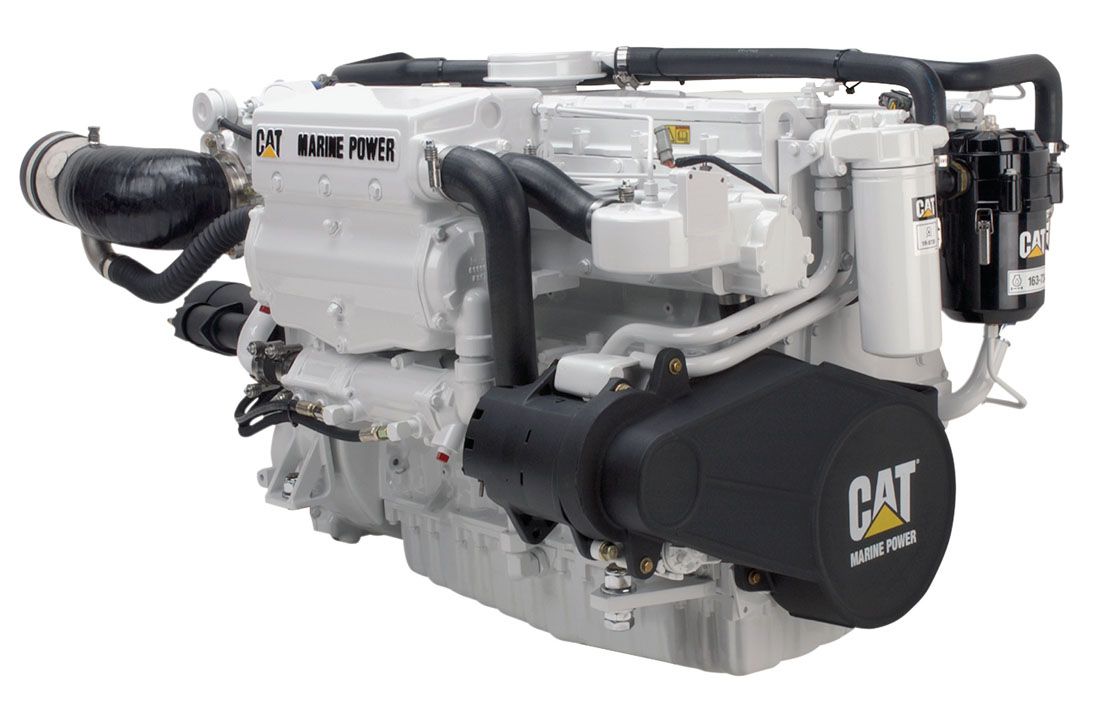
CAT Marine, a subsidiary of Caterpillar Marine, has announced that it is offering its medium-speed and high-performance engines tailored exclusively for the Indian Navy and Coast Guard. The company says that its engines are well-positioned to meet the Indian Navy’s specifications, ranging from 3 MW to 10 MW in power.
According to CAT Marine, its engines strike a balance between power and efficiency, making them versatile enough to meet the requirements of different vessel types and missions. The company also says that its engines are adaptable and reliable in various operational scenarios, making them a perfect fit for the Navy’s diverse needs.
Continue readingSOURCE: RAUNAK KUNDE / NEWS BEAT / IDRW.ORG
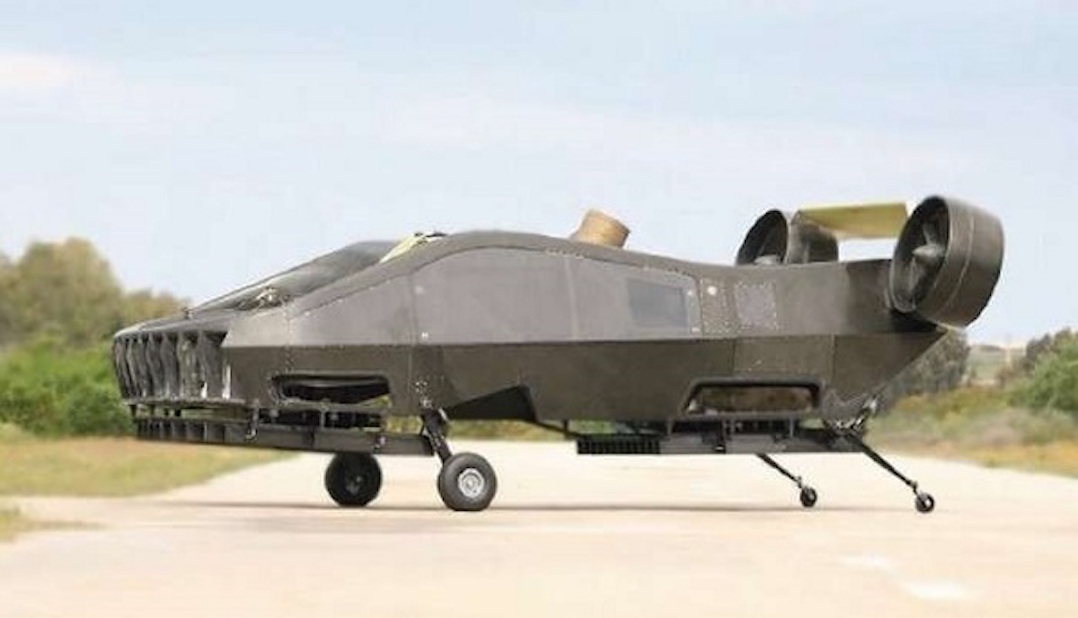
In a significant development, the Indian Army has approached the Madras Institute of Technology (MIT) in Chennai to develop drones capable of carrying injured or sick personnel from forward stations to base camps. This innovative approach is expected to revolutionize medical evacuation procedures, particularly in challenging and remote areas.
The Army’s request to MIT Chennai stems from the need for a more efficient and rapid evacuation system for injured soldiers. Traditional methods of evacuation, such as helicopters, are often limited by terrain and weather conditions, making it difficult to reach wounded personnel in remote areas.
Continue readingSOURCE: RAUNAK KUNDE / NEWS BEAT / IDRW.ORG

India has issued a notification for a no-fly zone over the Bay of Bengal, indicating a possible missile test. The no-fly zone will be in effect from December 6 to 7, 2023.
The no-fly zone is located approximately 990 kilometres off the coast of Odisha, India. The Indian Navy has advised all ships and aircraft to avoid the area during the no-fly zone.
Continue readingSOURCE: IDRW.ORG TEAM

Aritra IITM team from the Marine Autonomous Vessels (MAV) Laboratory in the Department of Ocean Engineering, IIT Madras, has emerged as the champion in the 2023 Virtual RobotX (VRX) challenge. The Virtual RobotX (VRX) challenge is an annual international competition that tests the autonomy and control systems of surface vessels in simulated challenging marine environment conditions. This year’s competition was hosted by RoboNation USA in collaboration with Open Robotics and the Office of Naval Research. The VRX challenge drew participation from 33 teams worldwide, including MIT and NSU.
The Aritra IITM team successfully secured first place for their excellent proficiency in autonomy algorithms for tasks such as station-keeping, waypoint tracking, obstacle avoidance, perception, and autonomous docking. Their innovative autonomy algorithms enabled them to navigate the challenging simulated marine environment conditions with precision and efficiency.
Continue readingSOURCE: IDRW.ORG TEAM

The Defence Research and Development Organisation (DRDO) has successfully conducted the second test of the NASM-SR, or Naval Anti-Ship Missile–Short Range, a helicopter-launched anti-ship missile. The missile was tested from a SeaKing helicopter and successfully hit its target. This is a significant milestone for India’s defense program, as the NASM-SR will provide the Indian Navy with a much-needed capability to defend its coastline from enemy ships.
In addition to the NASM-SR, DRDO is also working on the development of the NASM-MR, or Naval Anti-Ship Missile–Medium Range. This missile will have a longer range than the NASM-SR and will be capable of being launched from fixed-wing fighter jets and maritime patrol aircraft. DRDO is currently developing five prototypes of the NASM-MR.
Continue readingSOURCE: IDRW.ORG TEAM

In a joint effort, Prasenjit Das, an Assistant Professor at the Department of Physical Sciences, Indian Institute of Science Education and Research (IISER) in Mohali, and Prof. Prodyut Das, a former Professor of Mechanical Engineering at IIT Kanpur, have achieved success with the design of the D9 Hawkmoth. This electric aerobatic aircraft secured the top spot in the Royal Aeronautical Society’s Aircraft Design Contest 2023.
The D9 Hawkmoth is a two-seat, side-by-side, all-metal aerobatic electric sesquiplane that meets the stringent requirements of the Royal Aero Soc. 23 competition. The aircraft boasts a solid design with carefully considered aerodynamics, structure, and construction, earning praise for its excellent handling characteristics.
Continue readingSOURCE: RAUNAK KUNDE / NEWS BEAT / IDRW.ORG

General Electric (GE) is poised for a historic production surge as it prepares to fulfil the U.S. Air Force’s purchase of 351 Boeing T-7A Red Hawk trainer jets and meet a contract for 99 F404-GE-IN20 engines destined for India’s HAL Tejas Mk 1/1A fighter. This strategic production ramp comes after GE faced challenges in supplying engines to India, as stipulated in a 2021 contract, leading to a brief hiatus.
The F404-GE-IN20 engine, with its cutting-edge features, holds a pivotal role in advancing the capabilities of both the U.S. Air Force’s trainer jets and India’s indigenous fighter aircraft.
Continue readingSOURCE: RAUNAK KUNDE / NEWS BEAT / IDRW.ORG

In a significant stride towards enhancing the Indian Air Force’s (IAF) intelligence capabilities, the Center for Airborne Systems (CABS) is actively developing a state-of-the-art Intelligence, Surveillance, Target Acquisition, and Reconnaissance (ISTAR) system. Dr K Rajalakshmi Menon, the Director of CABS, recently provided insights into the ongoing efforts, emphasizing the critical role of the ISTAR platform in modern warfare.
The ISTAR system being developed by CABS is designed to serve as a comprehensive solution for Surveillance, Targeting Acquisition, and Reconnaissance. Its primary function is to intercept enemy signals and provide crucial information to ground commanders. This real-time intelligence empowers commanders to make informed decisions about counterstrikes, offering precise targeting data and facilitating the optimal deployment of weapons.
Continue readingSOURCE: RAUNAK KUNDE / NEWS BEAT / IDRW.ORG
The Indian Army has issued a Request for Information (RFI) for the outsourcing of Overhaul-II of Tank T-72 including the provisioning of major assemblies/sub-assemblies and spares. This is a well-planned and comprehensively executed activity, to neutralize the effects of age, usage and restoration of the equipment to a near zero-hour, zero-kilometre state of operational readiness.
The purpose of this RFI is to identify prospective vendors (DPSUs / Private Indian Vendors) to undertake the Overhaul-II of Tank T-72 on a complete outsourcing model and facilitate the preparation of a Request for Proposal (RFP). All DPSUs and Private Indian Vendors are eligible to respond to this RFI and participate in this project.
Continue readingSOURCE: IDRW.ORG TEAM
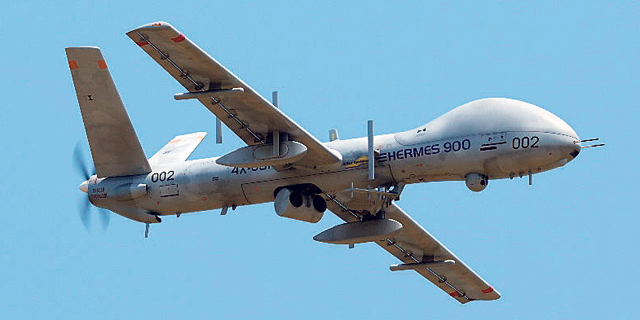
In a strategic move to bolster its defense capabilities, the Indian government, in March of this year, placed an emergency procurement order for Elbit Systems’ Hermes 900 StarLiner unmanned aircraft systems (UASs). The order, aimed at enhancing the reconnaissance and surveillance capabilities of the Indian Army and Indian Navy, reflects India’s commitment to leveraging advanced technologies for national security.
The procurement order, while deemed urgent, consists of only two Hermes 900 drones each for the Indian Army and Indian Navy. However, the significance lies not just in the quantity but in the capabilities these medium-altitude long-endurance (MALE) unmanned aerial vehicles (UAVs) bring to the Indian defense apparatus.
Continue readingSOURCE: IDRW.ORG TEAM
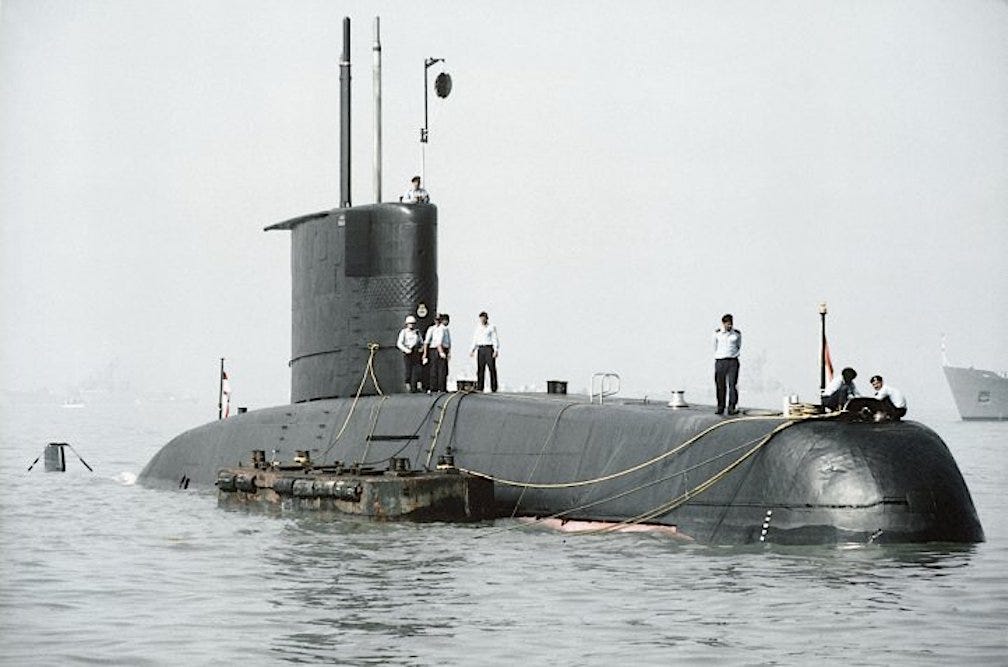
The Indian Navy is set to enhance its submarine fleet with the completion of the Medium Refit with Life Certification (MRLC) for the Sub-Surface Killer (SSK) class submarine, INS Shishumar. Sanjeev Singhal, the Director of Finance at Mazagon Dock Shipbuilders Limited (MDL), recently confirmed that the retrofitting process for INS Shishumar is expected to conclude by the end of this year.
INS Shishumar, the first submarine in its class, has been a stalwart in the Indian Navy since its induction. Built by MDL in 1992, it continues to serve the nation more than 25 years later. The MRLC process aims to not only extend the submarine’s operational life but also equip it with a modernized weapon suite.
Continue readingSOURCE: RAUNAK KUNDE / NEWS BEAT / IDRW.ORG

The Defense Research and Development Organization (DRDO) has provided further insights into the features of the upcoming Twin Engine Deck Based Fighter (TEDBF) program, emphasizing its Manned-Unmanned Teaming (MUM-T) capabilities. This 26-ton deck-based fighter, often referred to as a 5th Minus Generation category aircraft, is set to replace the Russian Mig-29K fighter jets on Indian aircraft carriers.
Manned-unmanned teaming is a revolutionary concept in military aviation, involving the integration of unmanned autonomous systems into mission planning. The primary objective is to expand mission parameters and tactical capabilities while minimizing risks to human and technological assets, especially in uncertain or hostile environments.
Continue readingSOURCE: RAUNAK KUNDE / NEWS BEAT / IDRW.ORG
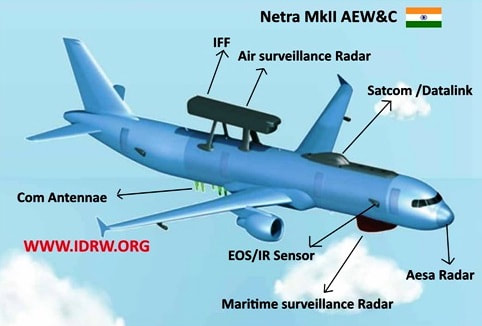
The Defence Research and Development Organisation (DRDO) is set to receive the first AESA-based Primary Radar (PR) with long-range for the AEW&C MK-II Program by mid-2024. DRDO will soon commence integration work on the Six Airbus A-321 aircraft that were acquired from Air India before it was sold to Tata Group.
AEW&C MK-II is designed to provide Long Endurance and enhanced Coverage of operation. It will be capable of searching, Detecting, Tracking, Identifying, integrating sensor Data, and communicating air Situation Pictures to Ground and Air Stations. It will also have a Self Protection Suite (SPS) with a Missile Approach and Warning System, Radar Warning Receiver & Counter Measures Dispensing System.
Continue readingSOURCE: RAUNAK KUNDE / NEWS BEAT / IDRW.ORG
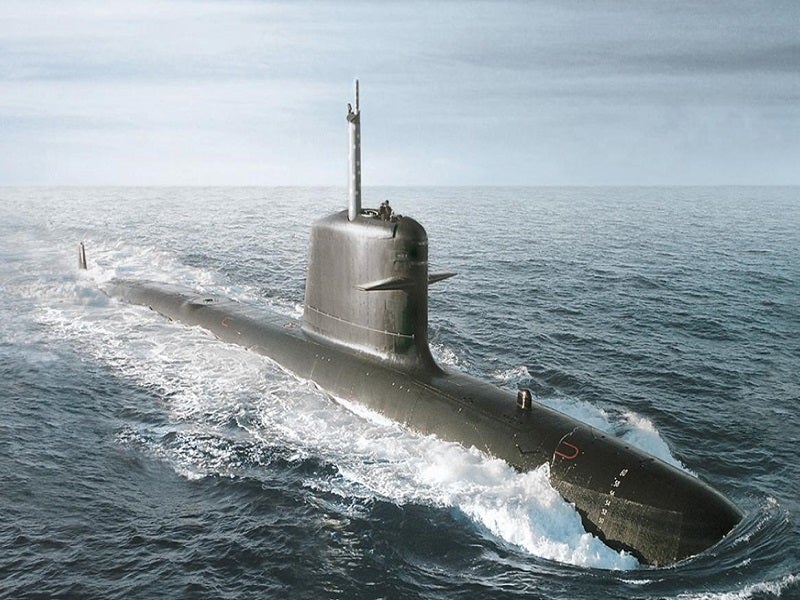
Mazagon Dock Shipbuilders Limited (MDL) is set to submit a price bid next month for the construction of three follow-up Kalvari class submarines equipped with an indigenously developed Air Independent Propulsion (AIP) system. This advanced propulsion system is expected to significantly enhance the underwater endurance of the submarines.
The Indian Navy has already issued a letter of intent (LOI) to MDL for the procurement of these three submarines. The LOI also calls for increased indigenization of critical components and the replacement of obsolete systems. The estimated cost of each submarine with the AIP system is around $1.2 billion, bringing the total value of the project to approximately $3.5 billion.
Continue readingSOURCE: IDRW.ORG TEAM

Kanpur-based MKU Limited has recently introduced the Kavro Doma 360, a groundbreaking rifle-rated ballistic helmet that has swiftly captured attention for its promise of unparalleled protection against formidable firepower, particularly from rifles like the AK-47.
Let’s delve into the key features that make the Kavro Doma 360 a standout innovation in the realm of protective headgear:
Continue reading